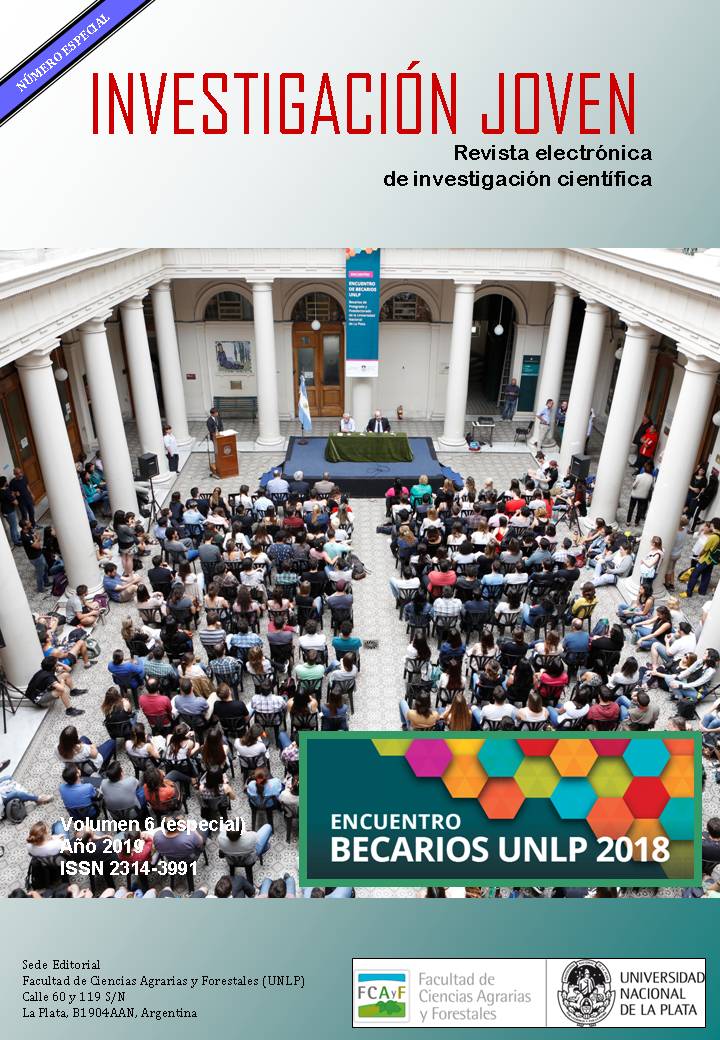FUNCTIONAL STUDY OF CRAC AND CARC PEPTIDES DERIVED FROM E. COLI ALPHA HEMOLYSIN
Palabras clave:
Hemolysin, Immunotoxin, PeptidesResumen
Escherichia coli alpha hemolysin (HlyA) is a pore-forming protein which belongs to the family of 'Repeat in toxins'(RTX). The CRAC domain refers to the Cholesterol Recognition/interaction Aminoacid Consensus sequence. The CARC domain is similar to the CRAC sequence, but exhibits the opposite orientation along the polypeptide chain.
The aims of this work were to study the participation of CRAC and CARC in the stabilization of HlyA monomers in membranes by their interaction with cholesterol, to evaluate the role of Y347 in the interaction with membrane, and finally to find a cytotoxic peptide for the construction of an immunotoxin.
On the basis of experimental data and structural predictions, six peptides derived from HlyA were synthesized: PEP 1: transmembrane domain described as hemolytically active; PEP 2: also a transmembrane domain which sequence corresponds to a cholesterol binding domain (CARC); PEP3: similar to PEP2 but with residue Y347 substituted by A; PEP4: similar to PEP2 but with a CRAC sequence; PEP5 and PEP6 correspond to CARC sequences located near the acylation sites.
Peptides were synthesized by the solid phase peptide synthesis method (Fmoc strategy), purified by HPLC (C-18 column), the molecular mass was determined by mass spectrometry and peptide structure by circular dichroism. The hemolytic activity of peptides was measured using human erythrocytes and inhibition of hemolytic activity assays were performed pre-incubating erythrocytes with peptides and then adding them to wild type toxin.
Results describe PEP2 as hemolytic, which is promising and encourage us to use it in the design of immunotoxins. PEP3 was found not to be hemolytic suggesting residue Y347 is fundamental for the interaction of HlyA with lipidic membranes. PEP4 was found not to be hemolytic, which implicates the CRAC sequence added was unfavorable for peptide activity. PEP 6 competes with HlyA for binding sites in erythrocytes.


















